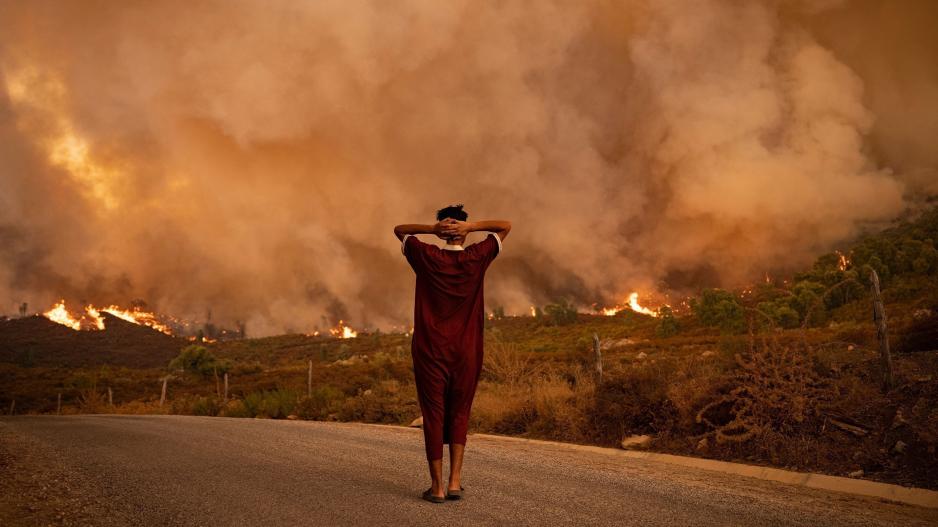Copernicus Reports 2023 as the Hottest Year in Recorded History
A Record-Breaking Year for Global Temperatures
The year 2023 is set to be the year with the highest recorded temperatures in history, as November became the sixth consecutive month in which temperature records were shattered, announced the European Copernicus Climate Change Service (C3S) on Wednesday, amidst the negotiations at COP28.
Last month, with the Earth's surface temperature reaching 14.22° Celsius, exceeded the previous monthly record by 0.32° Celsius, set in November 2020.
Moreover, November 2023 was 1.75° Celsius warmer than the average of any corresponding month in the pre-industrial era (1850-1900).
The autumn of the northern hemisphere (September-November) was also the warmest on record "by a large margin," with an average temperature of 15.3° Celsius, 0.88° Celsius higher than the average.
"2023 now includes six months and two seasons that have broken records. This unusual November, during which we had two days with temperatures 2 degrees above the pre-industrial era, signifies that 2023 is the warmest year ever recorded in history," emphasized Samantha Berges, Deputy Director of C3S, in the announcement released on Wednesday.

Since January, the average temperature has been the highest ever recorded in the first 11 months of any year: 1.46° Celsius above the average of the 1850-1900 period and 0.13° Celsius above the first eleven months of 2016, previously the warmest year until now.
"As greenhouse gas concentrations continue to grow, we can only expect to see more of what we are experiencing this year. Temperatures will continue to rise, as will the consequences of heatwaves and droughts," warned Carlo Buontempo, Director of C3S.
The El Niño climate cycle continues to fuel temperature increases in 2023 and has not yet reached its peak.
In November 2023, the surface temperature of the oceans was also historically the highest for this time of the year, 0.25° Celsius higher than the previous record set in November 2015. This record adds to those broken every month since April this year.
The Arctic sea ice extent recorded its 8th lowest monthly minimum this November, shrinking to a level 4% below the average. In Antarctica, the ice surface last month was the second smallest ever recorded, 9% below the average, according to Copernicus.
Drought continued to affect many regions of the USA, central and eastern Asia last month, and became much more noticeable in South America. In contrast, Europe experienced wetter conditions, particularly due to storm Kiran, which brought extensive rainfall across much of the continent.






